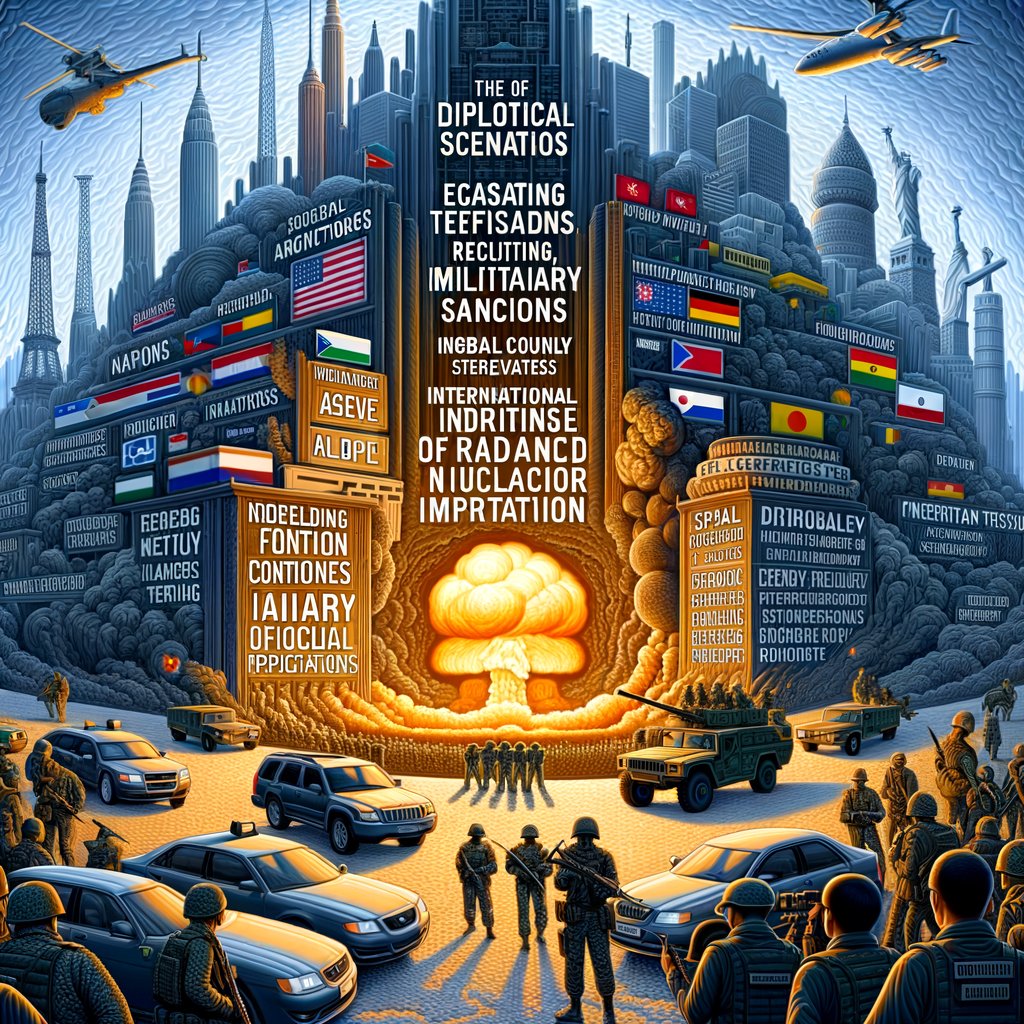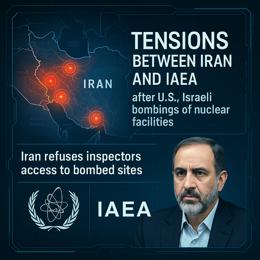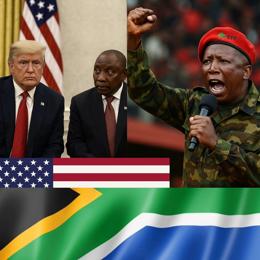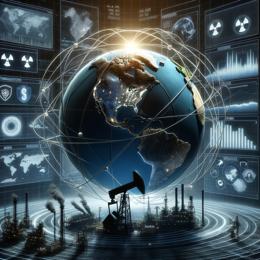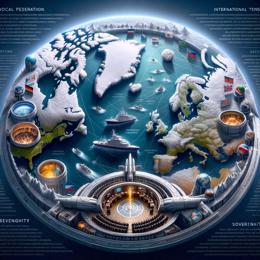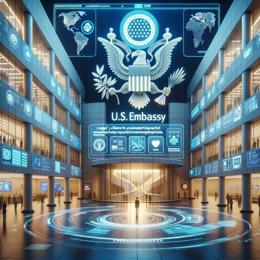Image created by AI
The Precarious Path Ahead: Iran's Nuclear Ambitions and Trump's Second Term
As Donald Trump inaugurates his second term as President of the United States, the potential for significant shifts in U.S.-Iran relations looms large. The precarious state of affairs, marked by escalating rhetoric and military posturing, positions the two nations on a collision course that may redefine global geopolitical dynamics.
Historical tensions between Iran and the Western world have predominantly orbited around Tehran’s nuclear ambitions. Despite Iran’s official stance on not pursuing nuclear weapons, changing regional alignments and internal pressures are influencing its strategic decisions. The Islamic Republic’s stance was brought into stark relief with recent statements from its political and military leadership contemplating a departure from its declared non-nuclear weapon policy in response to rising threats.
The current scenario unfolds against a backdrop of Iran’s deteriorating economic conditions, exacerbated by stringent international sanctions and internal challenges such as soaring inflation and energy shortages. These factors compound the difficulties facing President Masoud Pezeshkian’s administration, which is signaling a possible inclination towards engaging more profoundly with Western powers.
This shift comes at a critical juncture marked by the upcoming expiration of key clauses within the Joint Comprehensive Plan of Action (JCPOA), notably the sunset clause that allows for the reinstatement of UN sanctions, set to expire in October 2025. Observers note that this deadline prompts a sense of urgency in diplomatic circles in Europe, tasked with mediating escalations and fostering a conducive environment for negotiations.
Ellie Geranmayeh from the European Council on Foreign Relations highlights a potential alignment between Europe and the Trump administration’s stance towards Iran, indicating a pressing window for Tehran to secure a diplomatic pathway that mitigates looming threats without escalating to military confrontation. Such dynamics underscore the intricate dance of diplomacy, pressure, and strategic calculations that define U.S.-Iran relations currently.
Iran's nuclear program itself has seen significant developments. Reports from the International Atomic Energy Agency (IAEA) suggest that Iran has ramped up its uranium enrichment levels to near weapons-grade in response to successive Western censures. This action places the nation perilously close to the threshold of developing nuclear weapons capabilities, shortening the so-called nuclear breakout time and escalating tensions substantially.
In reaction, large-scale military exercises by Iran’s Islamic Revolutionary Guard Corps (IRGC) have emphasized its readiness to defend strategic sites, signaling Tehran’s resolve to safeguard its interests robustly.
Navigating this labyrinth of military, economic, and diplomatic pressures, the outcomes of forthcoming negotiations remain uncertain. As the clock ticks down to critical diplomatic deadlines and potential escalatory triggers, the global community watches closely. The choices made in Washington, Tehran, and European capitals in the upcoming months could either pave the way for a renewed diplomatic entente or engender a new phase of heightened confrontation.
Given these complex dynamics, the trajectory of Iran’s nuclear ambitions under Trump’s second term presidency is not just a regional concern but a litmus test for the efficacy of international diplomacy in restraining nuclear proliferation while balancing national security imperatives.
